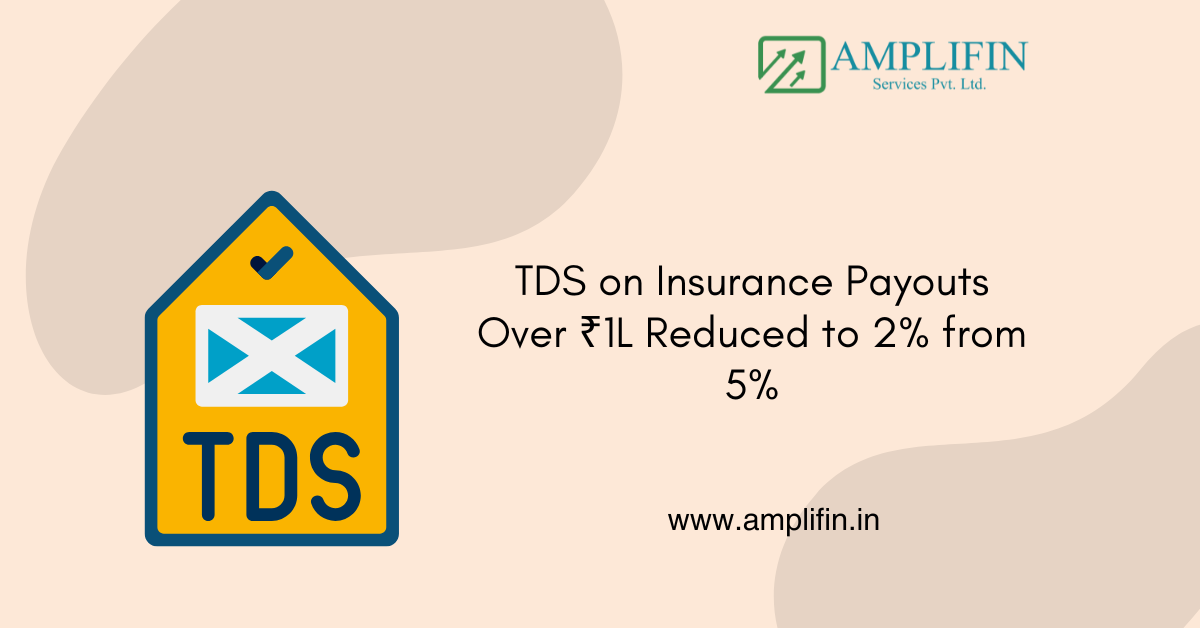Ultimate Guide to TDS Rates and Deductions: Understanding Tax Deducted at Source for FY 2024-25
Tax Deducted at Source (TDS) is a crucial component of India’s income tax system where tax is deducted directly at the source of income. This comprehensive guide explains current TDS rates, threshold limits, exemptions, and special considerations for different types of payments including salary, interest, and professional fees. Whether you’re an employer, employee, or business owner, understanding TDS provisions is essential for tax compliance and efficient financial planning.

What is TDS and Why is it Important Under the Income Tax Act?
Tax Deducted at Source (TDS) is a method of collecting tax at the source where income is generated. The income tax act mandates that specified persons must deduct tax at prescribed rates when making certain payments. This system helps the government collect tax in advance and create a transaction trail.
The provision of TDS under the income tax act serves multiple purposes – it ensures regular tax flow to the government, reduces tax evasion, and creates a transparent system of tax collection. For taxpayers, TDS deduction serves as proof of tax payment and can be claimed as credit while filing income tax returns.
What Are the Current TDS Rates for Different Types of Payments?
Different types of payments attract different TDS rates as specified in the income tax act of 1961. For salary income, TDS is deducted based on the applicable income tax slab of the employee. For payments to contractors under section 194c, the TDS rate varies depending on whether the payee is an individual or HUF.
The tds rate chart is regularly updated by the tax department to reflect any changes in rates or threshold limits. It’s crucial for deductors to stay updated with these changes to ensure correct tax deduction and avoid penalties.
How is TDS Calculated on Salary Income?
TDS on salary is calculated after considering various deductions and tax exemptions available to employees. The employer must consider the tax regime chosen by the employee, applicable tax slab, and eligible deductions under sections like 80C and 80D before calculating the final TDS amount.
The process involves estimating the employee’s annual taxable income, including all allowances and perquisites, and then applying the appropriate tax rate. Regular TDS deduction ensures that employees don’t face a large tax liability at the time of filing their tax return.
What Are the Threshold Limits for TDS Deduction?
The income tax act specifies different threshold limits for various types of payments above which TDS must be deducted. These limits help reduce the compliance burden on small taxpayers while ensuring tax collection from significant transactions.
For instance, payment made to contractors may have different threshold limits compared to professional fees subject to conditions specified in the act. Understanding these limits is crucial for both deductors and deductees to ensure proper tax compliance.
How Can You Claim TDS Credit in Your Tax Return?
When filing income tax returns, taxpayers can claim credit for TDS deducted from their income during the financial year. This requires proper documentation and verification of TDS certificates (Form 16/16A) issued by deductors.
The tax department matches TDS claims with the details furnished by deductors in their TDS returns. It’s essential to ensure that all TDS certificates are collected and preserved for claiming appropriate credit within the stipulated time.
What Are the Common TDS-Related Compliance Requirements?
Deductors must comply with various requirements including timely deduction, deposit, and reporting of TDS. This includes generating and issuing TDS certificates, filing quarterly TDS returns, and maintaining proper records of deductions.
Failure to comply with these requirements can result in penalties and prosecution under the income tax act. Regular interaction with a chartered accountant or tax advisor can help ensure proper compliance with all TDS-related provisions.
How Does TDS Apply to Professional Services?
Professional services under section 194j have specific TDS provisions. The rate of TDS and threshold limit for these services are different from other payment types, reflecting the nature of professional income and expenditure patterns.
Professionals receiving payments must understand these provisions to manage their tax liability effectively. Similarly, those making payments to professionals must ensure proper TDS deduction to avoid any non-compliance issues.
What Are the Recent Changes in TDS Regulations?
The finance act regularly introduces changes to TDS provisions to streamline the tax collection process and close potential loopholes. Recent changes have impacted various aspects including rates, threshold limits, and compliance requirements.
Staying updated with these changes is crucial for both deductors and deductees. The tax department regularly issues circulars and notifications to clarify these changes and their implementation.
What Are the Penalties for TDS Non-Compliance?
Non-compliance with TDS provisions can result in significant penalties under the income tax act. This includes penalties for late deduction, late deposit, and failure to file TDS returns within the prescribed time limits.
The tax authorities can also initiate prosecution in cases of serious non-compliance. Understanding these consequences helps ensure proper adherence to TDS regulations and timely compliance.
Important Points to Remember:
- TDS is a crucial method of advance tax collection
- Different payment types have different TDS rates and threshold limits
- Regular monitoring of TDS compliance is essential
- Proper documentation is crucial for claiming TDS credit
- TDS on salary requires careful calculation considering all deductions
- Non-compliance can result in significant penalties
- Regular updates to TDS provisions must be tracked
- Professional assistance may be needed for complex cases
- Timely deposit and return filing is mandatory
- TDS certificates must be preserved for future reference
